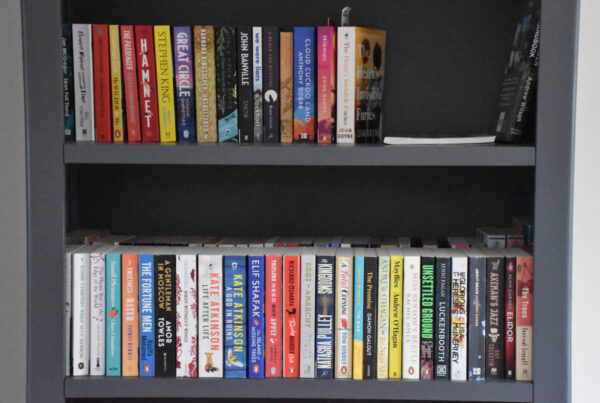One of the first pieces of writing I had published was for a UK magazine whose content was aimed at a not very demanding audience. The piece was fluff … and they dumbed it down. Instead of being stoked I’d had something published, I was horrified and hoped nobody spotted my name attached to the article.
Most of the time I manage to keep that memory locked up in a dark room in the furthest recesses of my mind, but every so often something comes along and lets it out of its cell.
The other day I stumbled across a travel article from a few years ago which had my name on it, but mostly not my words. Some were, but someone had chased them around a field and then rounded them up again in the wrong order, whilst throwing in a disruptive flock of their own. A flock which, although this might sound arrogant, were of a lesser quality breed.
It had my name on the by-line, yet it wasn’t me. To me it was obvious it was someone else’s voice entirely; not a doppelganger, but an editor. It was awful.
Every single piece of writing can be improved, and improved, and improved. That’s what good editors do. There might be an initial tantrum when we see our words fiddled with. But often, after a simmering off period, we realise changes have been made for the better, and we learn from them. Unfortunately, not all editors are good editors.
Andy and I were fortunate to work for an excellent editor in our first main travel writing job. He mentored us, showing us how to mould words economically to fit word counts ranging from 80 to 1800. It was invaluable advice, especially as I have a tendency to ramble. I’m aiming for 500 here, so let’s see how I get on.
When he left to go on to bigger things, his replacement was at the opposite end of the spectrum. Inexperienced and lacking confidence in a role they weren’t ready for, they changed words because they believed that’s what editors do. Suddenly unsightly terms like ‘a mound of cliffs’ crept into my articles. In one case “Thar she blows” was changed to “There she blows”, the editor placing their cultural ignorance on my shoulders.
Over the intervening years, experiences of working with newspapers, magazines, guidebook publishers, PR companies, travel websites etc. have see-sawed between having work corrected and improved by talented editors accomplished in their roles, and having it abused by ones who favour magnolia décor and think every piece of writing should sound like something they produced. Thankfully, it’s been mostly the former.
That doesn’t make it any easier to accept when the occasional editorial vandal comes along with their secateurs and snips the heads of the lovingly arranged bouquet of wildflowers we’ve created, and then replaces them with cheap, off the shelf, plastic flowers.
It’s annoying, but it’s just the way it is.
500, by the way.












